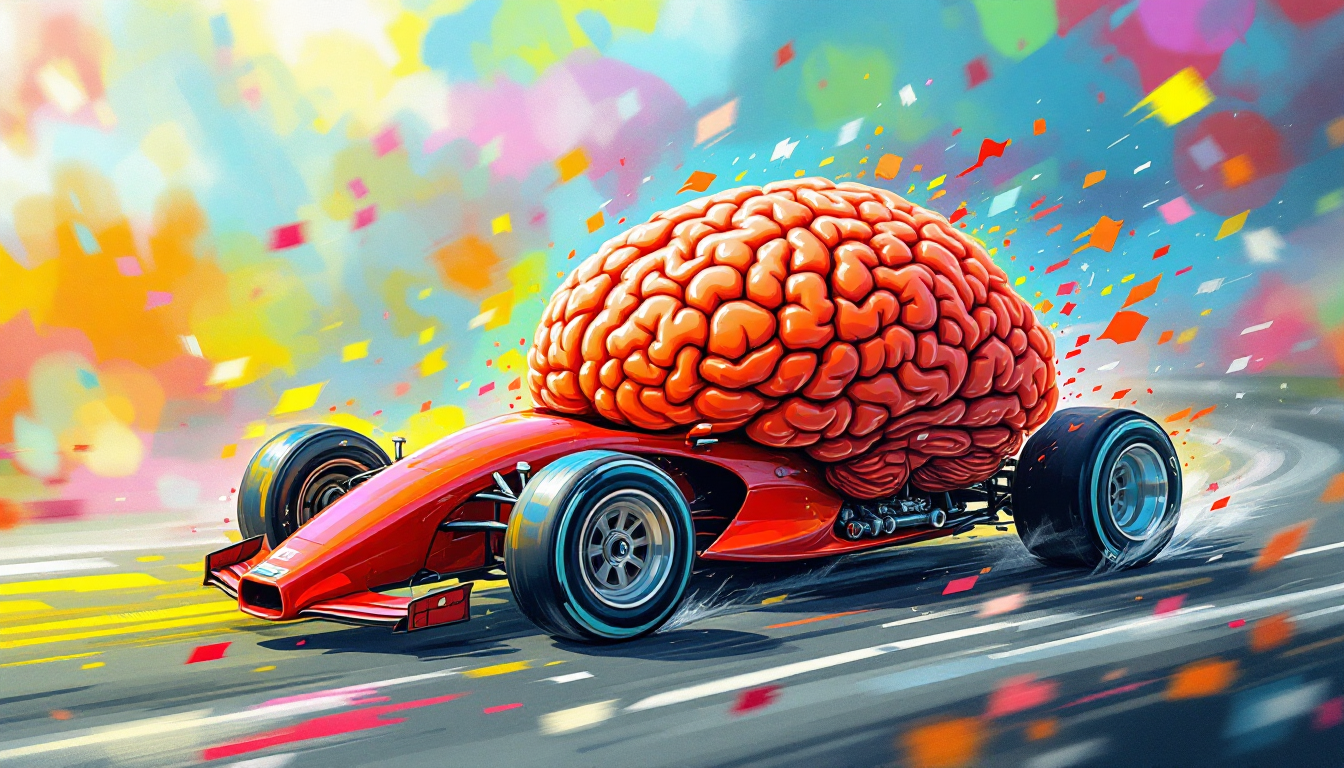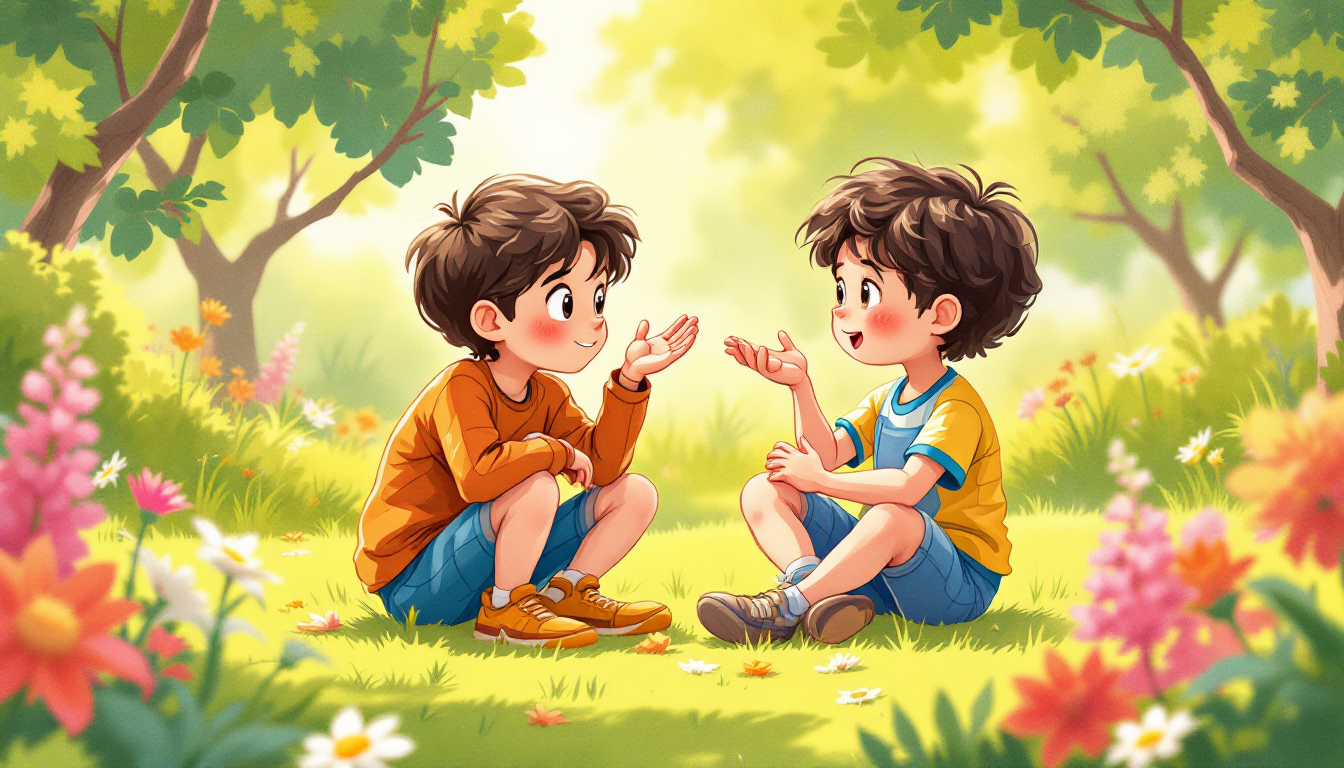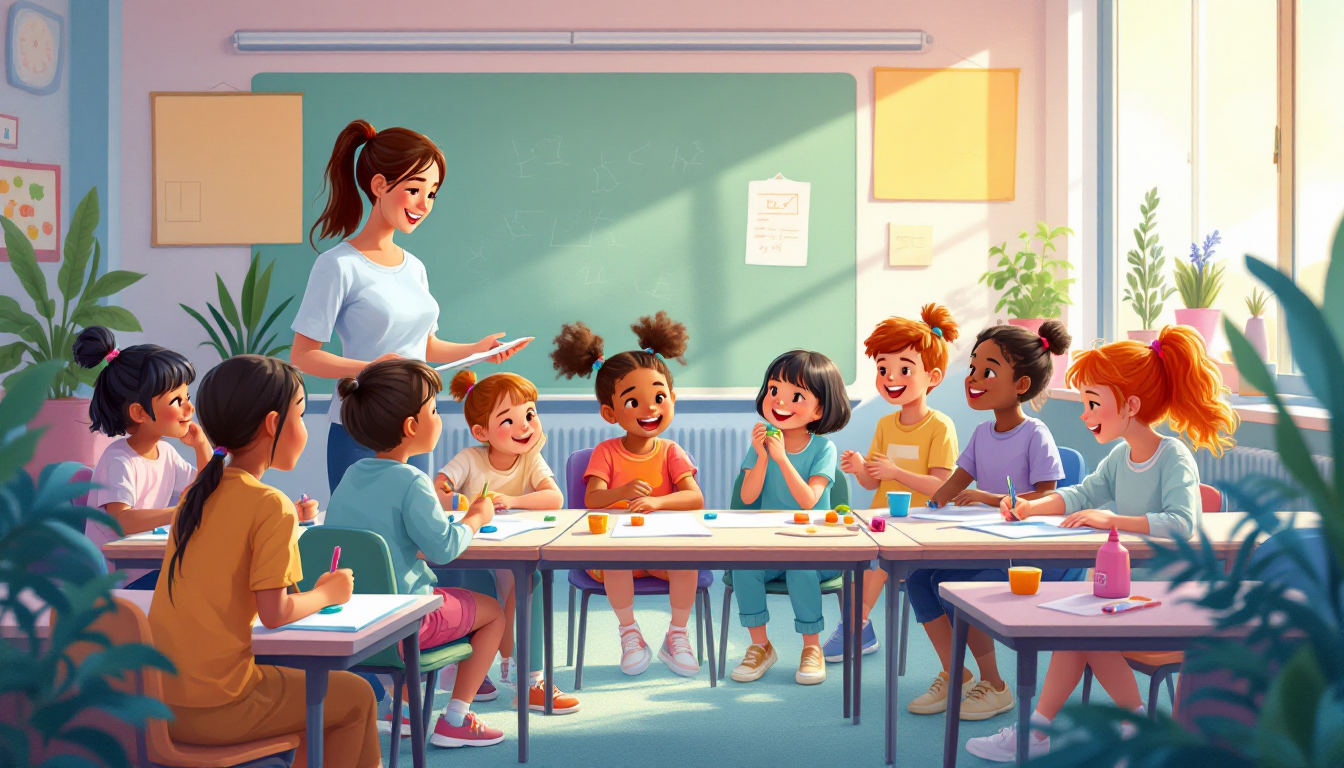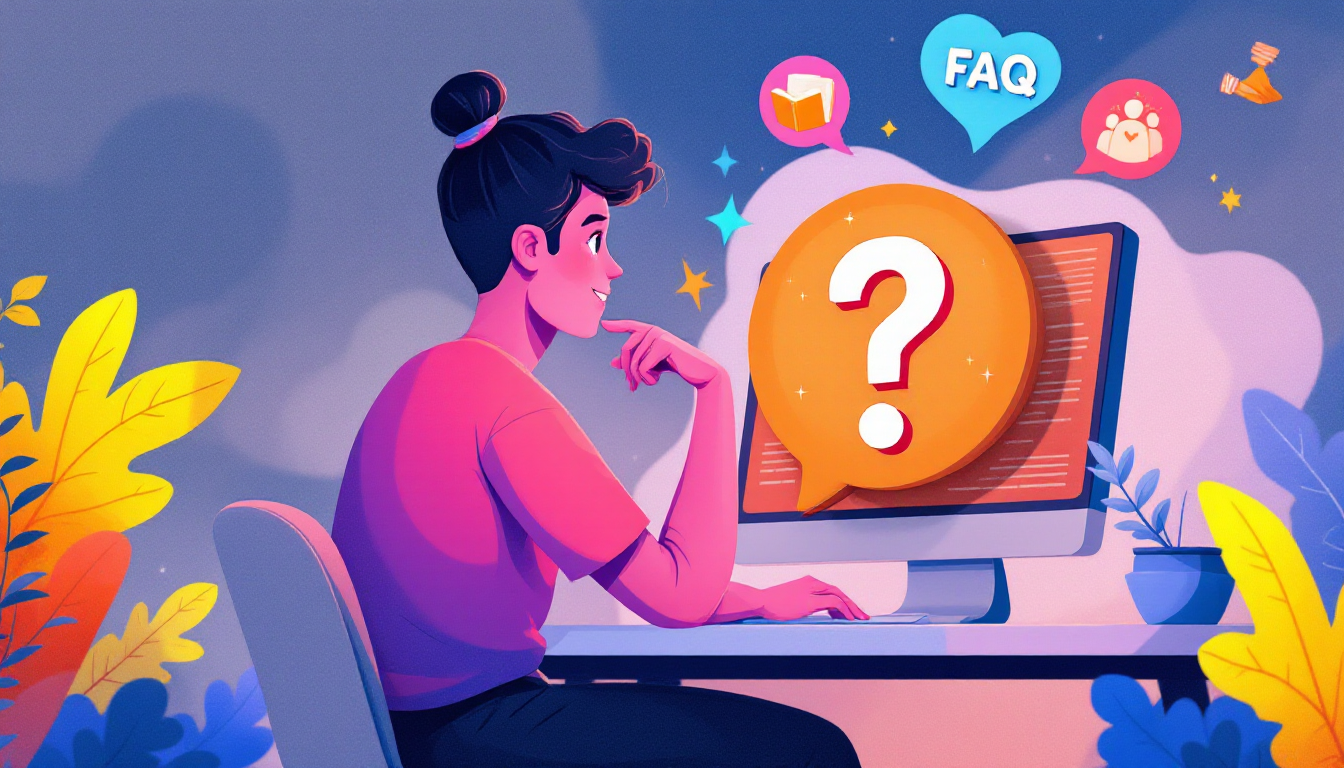How to Explain ADHD to Your Child’s Friends and Classmates

It can be a heart-wrenching moment: your child comes home from school, confused and hurt, asking why their friends call them "weird" for not being able to sit still, or why a classmate got frustrated when they weren't listening. As a parent of a child with ADHD, you know their incredible strengths, their creativity, and their boundless energy. But navigating the social world can be tricky. This is why learning how to explain ADHD to your child’s friends and classmates is not just helpful, it's an act of love and advocacy that can transform their social and academic lives.
Explaining ADHD to peers can feel daunting. You might worry about labeling your child or making them feel different. However, fostering understanding can demystify your child's behaviors for their friends, paving the way for empathy, stronger friendships, and a more inclusive environment for everyone.
Why Explaining ADHD to Friends and Classmates Matters

Openly talking about ADHD with kids can have a profound and positive impact. When friends and classmates have a basic understanding of what ADHD is, it can significantly reduce misunderstandings that lead to social friction.
-
Benefits of Peer Understanding: When peers understand that certain behaviors are a part of ADHD and not intentional, they are more likely to be patient and supportive. This understanding can turn potential conflict into a moment of connection.
-
Preventing Bullying and Isolation: Knowledge is a powerful tool against bullying. When children understand the "why" behind their friend's actions, it's harder to ridicule them. This can help prevent the social isolation that many children with ADHD experience.
When and Where to Start the Conversation
Timing and setting are key to a successful conversation. It’s not about a single, formal announcement, but rather about creating ongoing opportunities for understanding.
-
Age-Appropriate Timing: For younger children (ages 5-7), simple, in-the-moment explanations are often best. For example, if your child interrupts a game, you can gently explain to their friend, "Sometimes [Child's Name]'s brain moves so fast, the words just pop out! He's working on taking turns to speak." For older children (ages 8 and up), you can have more direct conversations, perhaps before a playdate or as part of a school project on differences.
-
Coordinating with Teachers or School Counselors: For a classroom-wide discussion, partnering with the school is essential. Teachers and school counselors are skilled at facilitating these conversations in a way that is inclusive and supportive for all students. They can help frame the discussion around the idea that everyone's brain works a little differently.
How to Explain ADHD in Kid-Friendly Terms

One of the biggest hurdles is translating the clinical definition of ADHD into something a child can grasp. Metaphors and simple, direct language are your best friends here. When you're figuring out how to explain ADHD to your child's friends and classmates, try these concepts:
-
Use the "Race Car Brain" Metaphor: A popular and effective metaphor is the "race car brain with bicycle brakes." You can say something like: "Imagine your brain is a super-fast race car. It's full of amazing ideas and can go really, really fast! But sometimes, the brakes aren't as strong as a race car's should be. That means it can be hard to slow down, stop, and switch directions. That's a little like what having ADHD is like."
-
Break It Down into Three Key Areas:
-
Attention: "You know how sometimes, when you're watching a movie, you can get distracted by a toy in the room? For someone with ADHD, their brain notices everything all at once: the birds outside, the hum of the lights, and what they want for a snack. It can be hard to focus on just one thing, like what the teacher is saying."
-
Impulse Control: "Have you ever had a thought that just popped out of your mouth before you could stop it? People with ADHD have brains that do that a lot. They might interrupt or do something without thinking it through first, even when they know the rules."
-
Energy: "Some kids with ADHD have extra energy, like a battery that's always fully charged. That's why they might fidget, wiggle, or need to move around a lot to feel comfortable."
-
Dos and Don’ts When Talking to Kids About ADHD
Dos
- Use respectful, person-first language. Say "a child with ADHD," not "an ADHD child."
- Focus on empathy and understanding. Frame it as learning how a friend's brain works.
- Encourage questions. Create a safe space for other kids to ask what they're wondering about.
Don’ts
- Don't oversimplify or call it a "superpower" without acknowledging the challenges. While there are many strengths associated with ADHD, it's also important to be honest that it can make some things harder.
- Don't share more than is necessary or comfortable for your child. Always respect their privacy and comfort level.
- Don't make it a one-time conversation. Check in and offer explanations as new situations arise.
Sample Script: How to Explain ADHD to a Classmate

Here's a simple script you can adapt for your child to use, or that you can use when explaining to another child:
Scenario: A friend asks your child, "Why are you always fidgeting with your pencil?"
Your Child Could Say: "Oh, that's because I have ADHD. It just means my brain has a lot of extra energy, and moving helps me focus on what the teacher is saying. It's like how some people need to wear glasses to see better; I need to move a little to think better."
Helpful Activities and Books to Support the Conversation
Books and activities can be fantastic icebreakers and can help normalize the conversation about ADHD for your child and their peers.
Book Suggestions:
-
My Brain is a Race Car: A children's guide to a neuro-divergent brain by Nell Harris: This book uses the race car analogy to explain the ADHD brain in a positive and empowering way. It's great for reading with your child or for a teacher to share with the class.
-
Mrs. Gorski, I Think I Have the Wiggle Fidgets by Barbara Esham: Part of the "Adventures of Everyday Geniuses" series, this book is wonderful for showing how a perceived challenge can also be a source of creativity and strength.
Group Activity Idea:
"Everyone is Different" Circle Time: A teacher or parent can lead a discussion where each child shares something unique about themselves, like being a great artist, a fast runner, or being able to tell funny jokes. This can then transition into a conversation about how everyone's brains are different, too. Some are great at math, some at reading, and some, like those with ADHD, are full of creative ideas and energy.
Tips for Teachers or Group Leaders Supporting This Discussion

Educators play a vital role in fostering an inclusive classroom. When explaining ADHD to peers, teachers can:
-
Promote Classroom Inclusivity: Regularly talk about and celebrate different learning styles and brain types.
-
Use Teachable Moments: When a situation arises, use it as a gentle opportunity to remind students to be patient and understanding with each other.
-
Provide Structures that Support All Learners: Things like flexible seating, fidget tools, and clear, concise instructions can benefit not just the child with ADHD, but many students in the classroom.
For more on supporting your child's diagnosis, you might find our related post helpful: How Long Does ADHD Testing Take? A Clear Breakdown for Parents, Adults & Caregivers.
You Are Your Child's Best Advocate
Explaining ADHD to your child's friends and classmates is a powerful way to build a supportive community around them. It may feel like a big step, but by fostering understanding, you are replacing judgment with empathy and isolation with friendship. Remember to be patient with others and with yourself. You are doing the right thing by opening up this conversation and championing your child's unique and wonderful brain.
Stay connected and supported on your parenting journey! Sign up for our newsletter for more tips and resources, or download the Bonding Health App for tools to help you and your child thrive.
Frequently Asked Questions (FAQs)

Here are some frequently asked questions parents have about explaining ADHD to their child's friends and classmates.
At what age should I start explaining my child's ADHD to their friends?
There's no single "right" age, but a good rule of thumb is to start when you notice ADHD-related behaviors affecting their social interactions. For younger children (ages 4-6), simple, in-the-moment explanations are best (e.g., "Liam has extra energy today and needs to move his body!"). For elementary school-aged children (ages 7+), you can begin having more direct, but still simple, conversations with their close friends, especially before playdates.
Should I ask my child for permission before talking to their friends or classmates?
Absolutely. It is crucial to involve your child in the decision-making process, especially as they get older. Asking for their permission respects their autonomy and privacy. You can start by asking, "It seems like some of your friends don't understand why you sometimes [mention a specific behavior]. Would it be okay if we found a way to explain it to them so they can understand you better?" If they are resistant, explore their fears and work together to find a solution they are comfortable with.
What if another parent reacts negatively or doesn't understand?
This is a valid concern. Unfortunately, you may encounter adults who hold misconceptions about ADHD. If this happens, stay calm and stick to simple, factual information. You could say, "We work closely with our doctor, and we're learning that ADHD is a neurodevelopmental difference in how the brain is wired. We're just trying to help the kids understand each other better to support their friendship." It's not your job to convince every adult, but to support your child and their immediate peers.
How can I explain ADHD without it sounding like an excuse for my child's behavior?
This is a key distinction to make. Frame the explanation as a reason, not an excuse. You can say something like, "Having ADHD means it can be harder for Liam to control his impulses, but it doesn't mean he isn't trying. We are working on strategies to help him, and we appreciate your patience as he learns." This acknowledges both the challenge and the responsibility, showing that your child is actively working on their skills.
My child is embarrassed about their ADHD. How can I talk about it without making them feel worse?
If your child feels embarrassed, the first step is to address their feelings and reinforce that ADHD is nothing to be ashamed of. Focus on their strengths. You can say, "Your brain is so creative and quick with ideas! That's part of how your brain works. Sometimes it also means it's hard to focus, and that's okay. We all have things we're great at and things we need to work on." When talking to others, ensure the conversation is led with your child's consent and highlights their positive attributes alongside the challenges. Using books and resources can also help normalize their experience.
Is it better for me to talk to the class, or should the teacher handle it?
This is best done as a partnership. The teacher is experienced in managing classroom dynamics and can frame the conversation in a way that benefits all students, often under the umbrella of "everyone's brain works differently." You can provide the teacher with kid-friendly information, resources, or the metaphors you use at home. A coordinated approach is almost always more effective than a parent coming in to speak, which can sometimes single a child out.


